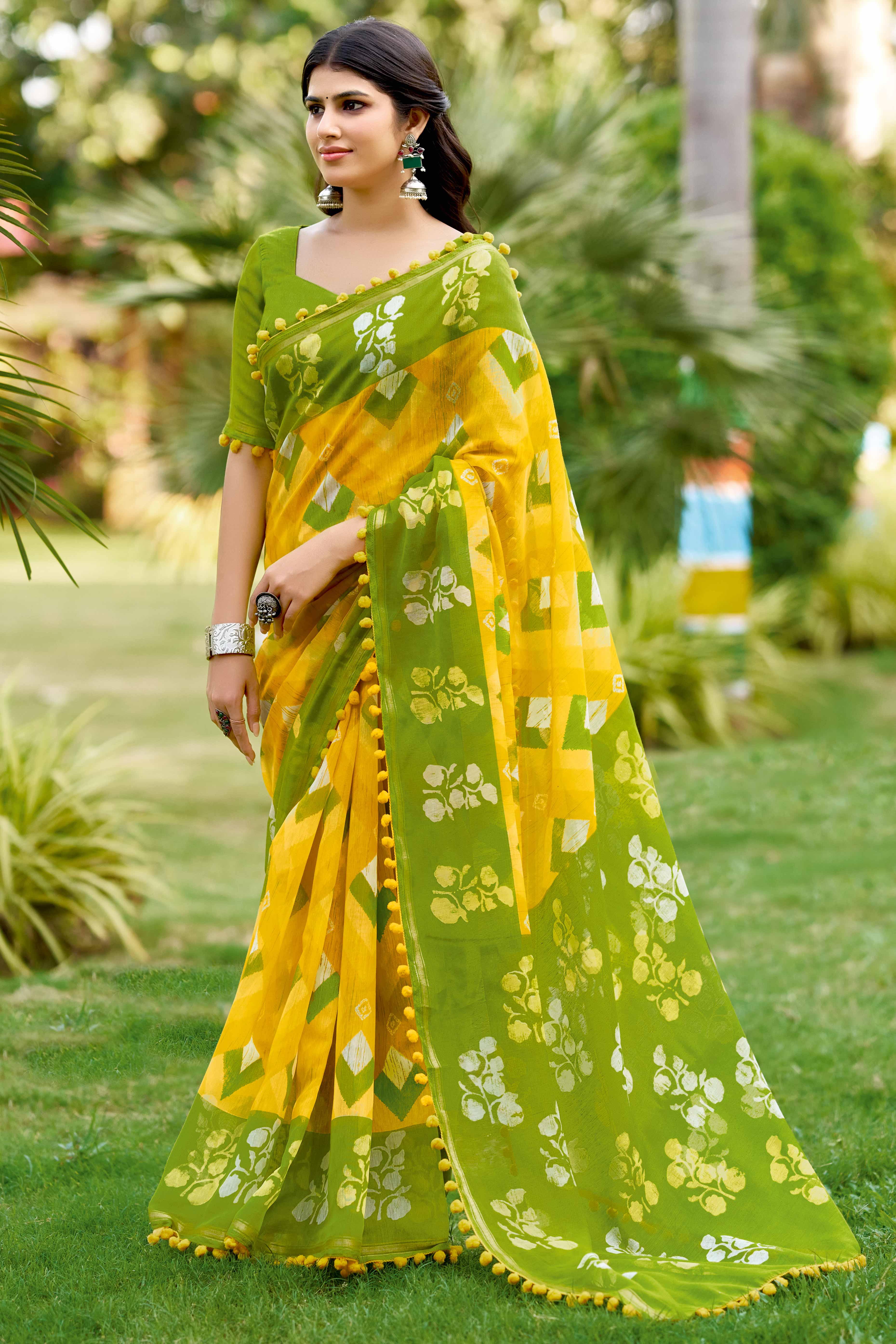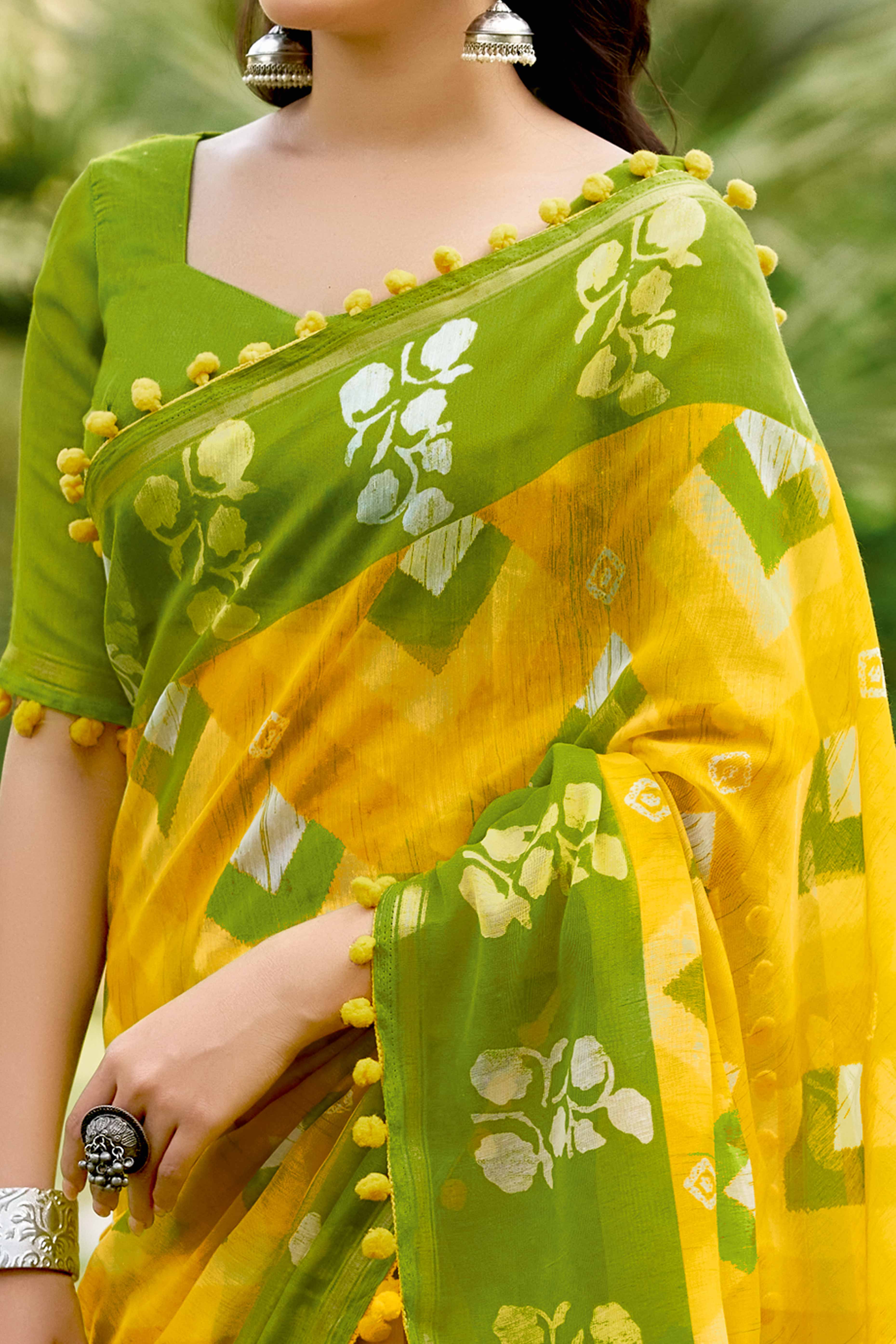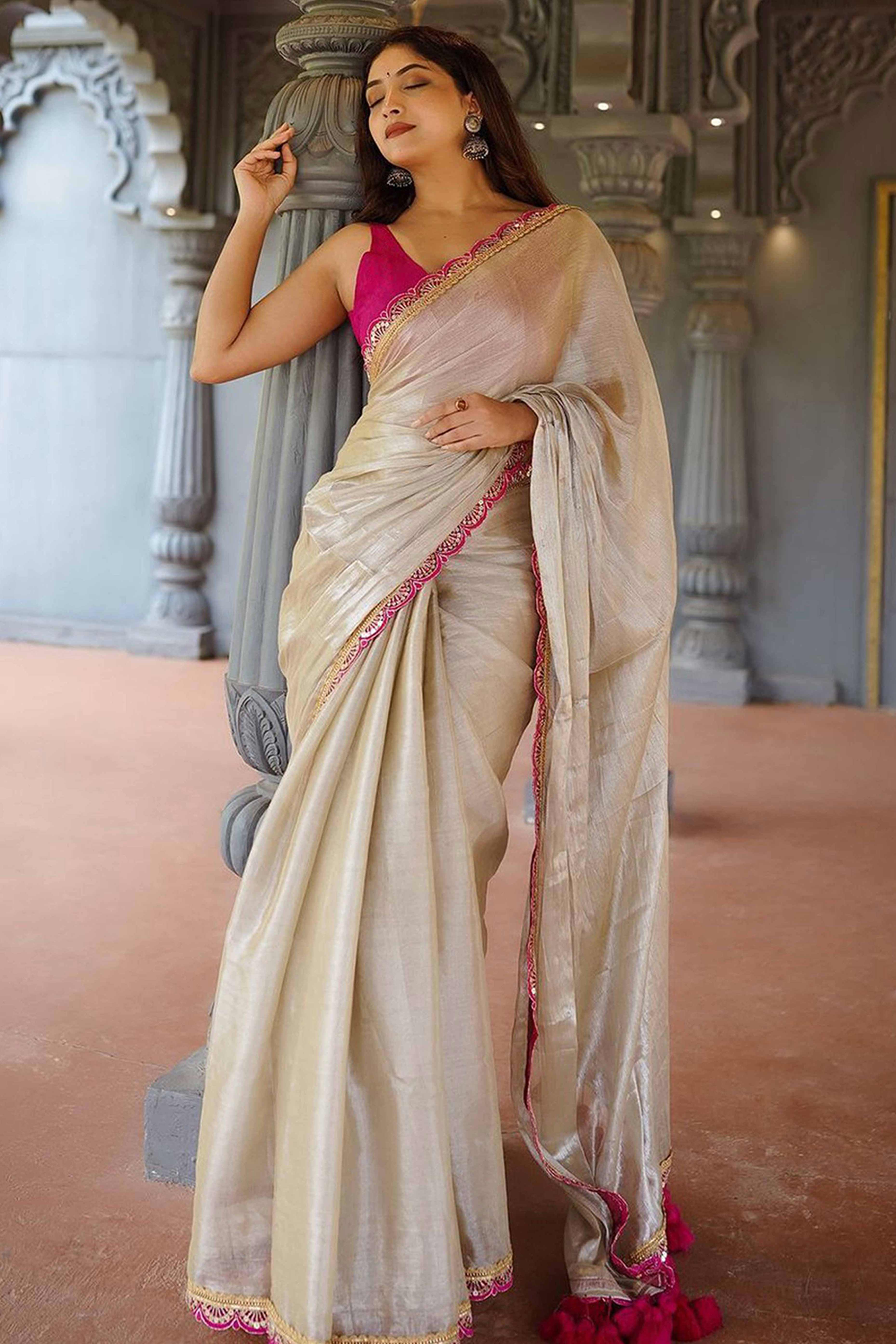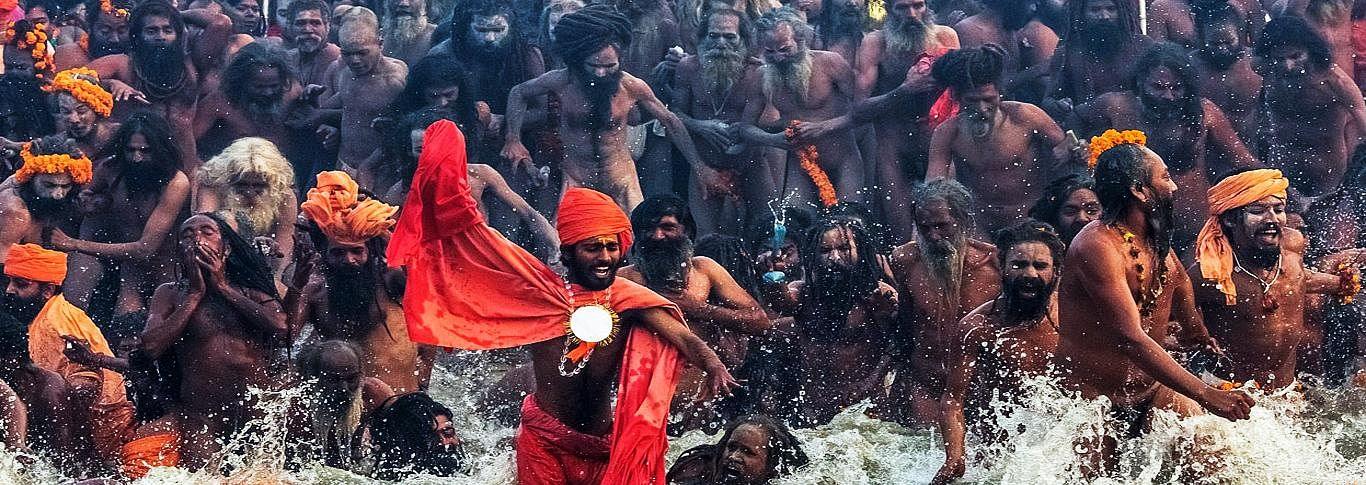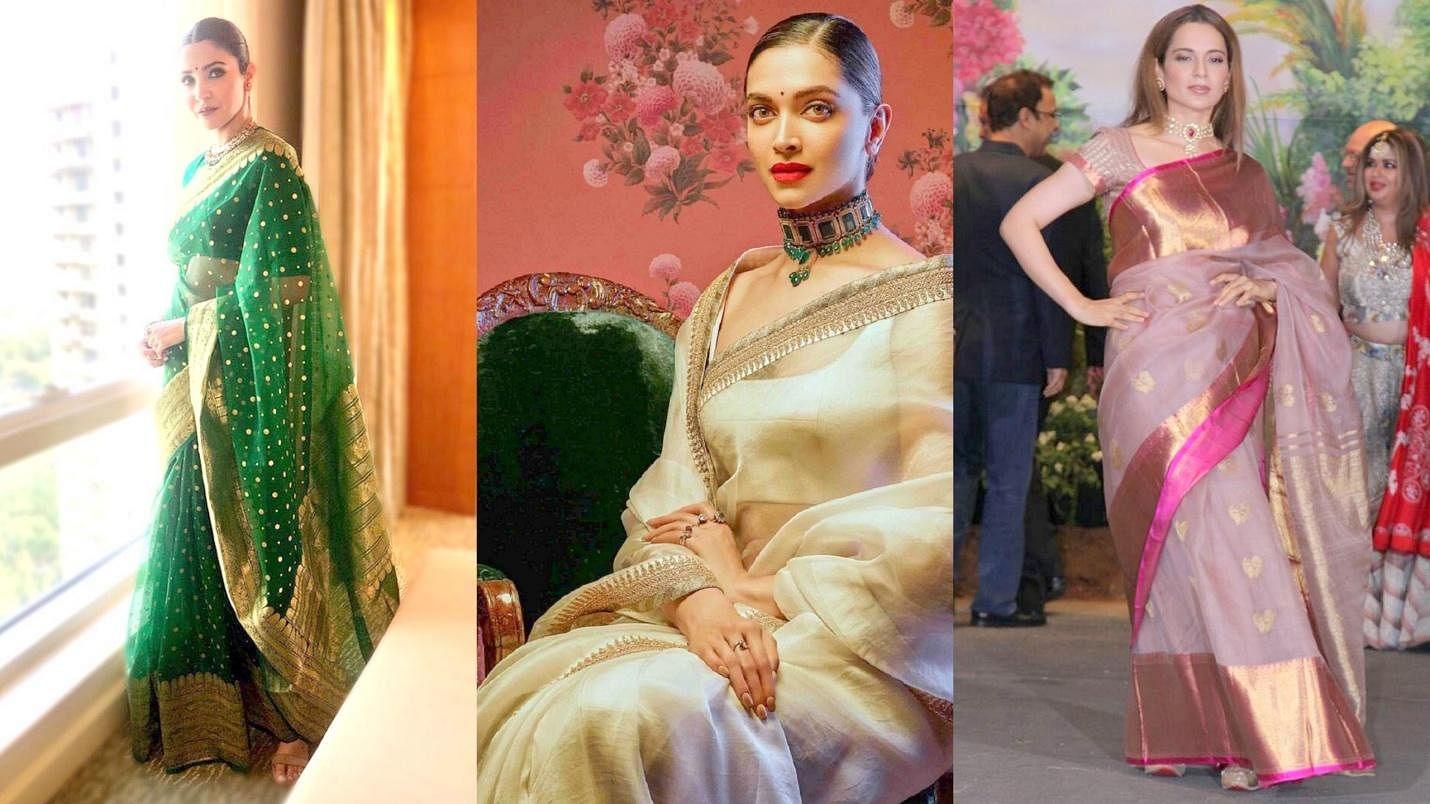The Indian weddings are quite a powerhouse of traditions, customs, cultural importance and lots of fun elements, of course!
Of the extensive ceremonies that are performed in Indian wedding ceremonies, haldi ceremony is one that is a common custom In almost all regions and religions in India.
Traditionally, only married women would partake in this ceremony. Be it on the groom’s side or the bride’s side, the haldi ceremony was an all women’s affair. And it was believed that the married women by being a part of the ceremony brought in the good luck for the marital life for the bride and the groom.
But in today’s times, the haldi ceremony is attended by both men and women. In fact, even the men apply haldi on the bride and the groom. It has become one of the most fun ceremonies in the wedding.
Also Read: Must Have Dresses For Haldi Function
Rituals Around Haldi Ceremony
The haldi ceremony is performed in almost all the cultures of India. It is performed both at the groom’s and the bride’s side.
The family members and close friends of the bride and the groom respectively come forward and apply haldi- turmeric paste on the bride and the groom.

The haldi ceremony can be performed two days before the main wedding or a day prior to the wedding. The haldi ceremony also goes by the name tel baan, mandha and ubtan in various parts of India.
Preparing the Haldi
The haldi is made of dry turmeric powder by adding sandalwood powder, rose water, milk and rose petals. It is usually kept in a small earthen pot- which is called the shagun ki haldi- which is applied first to the groom or the brideby the mother/mother-in-law. After which other family members and friends apply from the remaining haldi paste kept in a vessel.
The haldi ceremony is usually accompanied by traditional songs and dances.

Traditionally, the haldi ceremony was a very small affair but these days it is organised in a very grand style.
Significance and Beliefs
The color yellow is considered to be highly auspicious which brings about good luck, especially when something new is being embarked upon. In our culture specifically, any good beginning is marked by the color yellow.
Once the haldi ceremony is performed, the bride and the groom are forbidden to see each other until the wedding day.
It is also believed according to our Vedic references that the haldi paste acts as a deterrent to evil eye and it protects the bride and groom from any bad luck before the wedding.
Turmeric has strong medicinal powers which purifies the mind and body and removes any sort of toxic waste. The haldi paste is therefore believed to purify the mind and soul of the bride and groom to ensure a positive and happy beginning of their married life.
The yellow color of the haldi paste is a harbinger of good luck denotes a healthy, prosperous and happy start to their married life.
During the haldi ceremony, the haldi is applied to the unmarried friends of the bride and groom too as it is considered to bring them immense luck in finding a prospective match.

Interesting Facts
- The haldi brings instant glow and radiance on the face. Si its like a non-chemical facial!
- It is believed that the ceremony brings immense luck to unmarried people
- The antioxidant in turmeric is a very good stress reliever and is very soothing for the bride and the groom amidst all the chaos of the wedding
- The antiseptic and healing properties of haldi help in removing any blemishes or black spots from the skin. Best beauty product before wedding!





